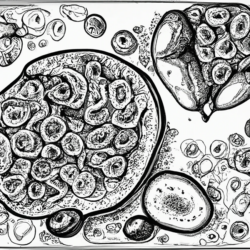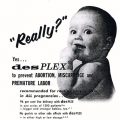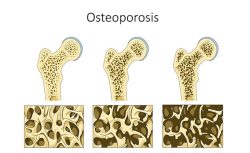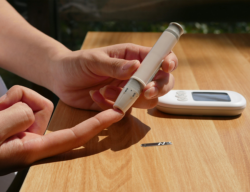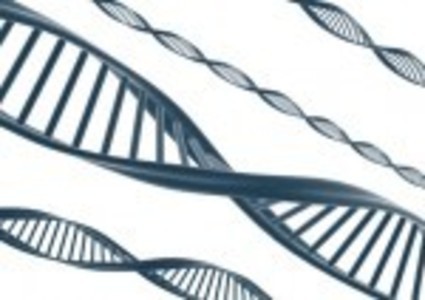Does your guy suffer from chronic pain? Does he use opioid based pain-killers on a regular basis? Then he may also have low testosterone. Low testosterone or as the advertisers call it, Low T, is associated with a range of health issues beyond just reduced libido or sex drive. His low testosterone could be an important factor in his health and recovery.
Testosterone influences, muscle mass, bone density, cognition and memory, depression, and even insulin production. Many men with low testosterone are at risk of osteopenia and osteoporosis. Lower testosterone or hypogonadism has even been associated with an increased risk of heart attack. That means, in addition to worrying about managing chronic pain, the risks associated with long term opioid use, you and your guy now also should be aware of the critical hormone changes taking place. It is possible these hormone changes are compounding an already difficult recovery.
The study, published in the Clinical Journal of Pain, found that 53% of the men tested who were using daily opioids had low testosterone. Moreover, 74% of men using long-acting or time-released opioid pain killers had low testosterone compared to only 34% of those using short acting opioid pain-killers. Interestingly, the morphine-standardized equivalent dose (MSE), a measure of how much pain-killer is circulating in the bloodstream, was not associated with the testosterone levels. This means that higher dose pain killers were not tied to lower testosterone, only the duration of the medication action was associated with the hormone change. Long-acting (time release) pain-killers were linked to lower testosterone while short-acting pills were not.
Long-acting Opioids
- Buprenorphine
- Fentanyl
- Methadone
- Morphine CR
- Oxycodone
Short-acting Opioids
- Oxycodone IR
- Hydrocodone
If your guy is using is opioid pain-killers to manage a chronic pain from injury, have his doctor check his testosterone levels too.
Medical Disclaimer: All material on this web site is provided for your information only and may not be construed as, nor should it be a substitute for, professional medical advice. To read more about our health policy see Terms of Use.




